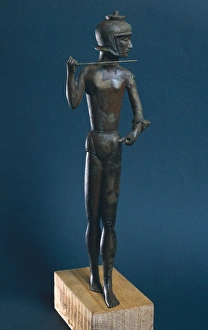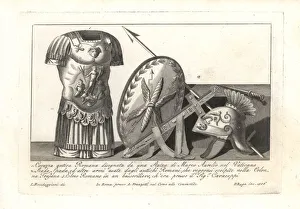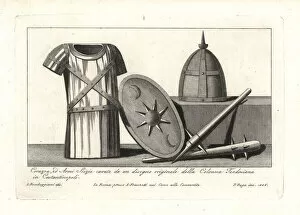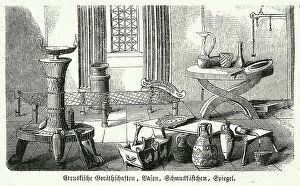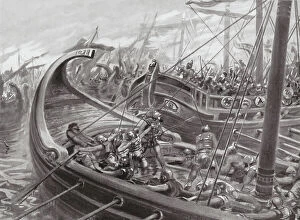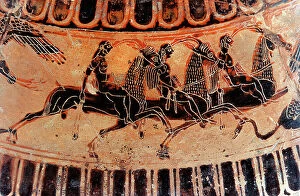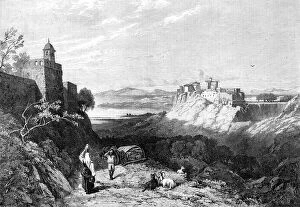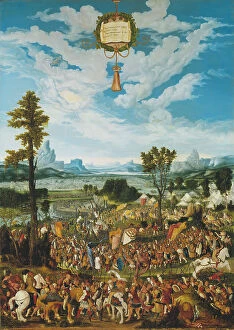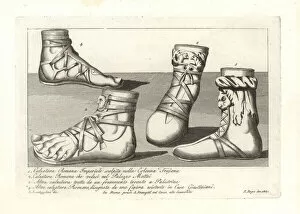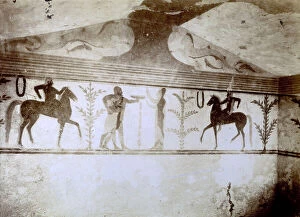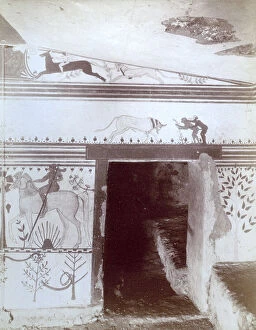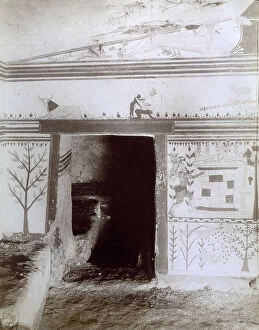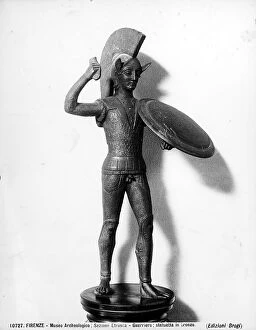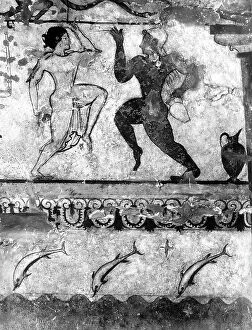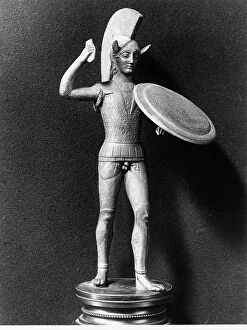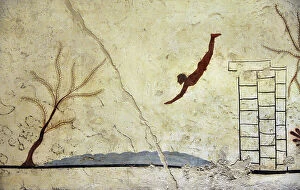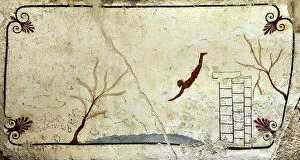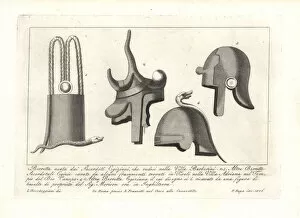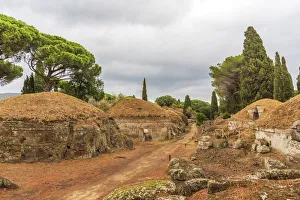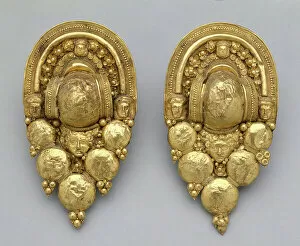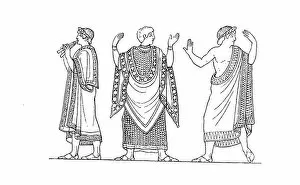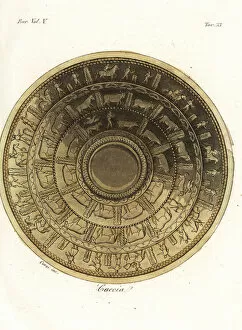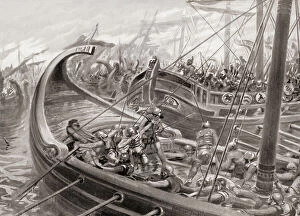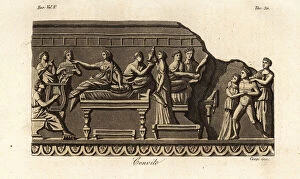Etruscans Collection
The Etruscans, an ancient civilization that thrived in Italy from the 8th to the 3rd century BC, left behind a rich cultural legacy
All Professionally Made to Order for Quick Shipping
The Etruscans, an ancient civilization that thrived in Italy from the 8th to the 3rd century BC, left behind a rich cultural legacy. One of their notable contributions was the development of the English alphabet, which they borrowed from Greek traders and adapted to suit their own language. Etruscan art also flourished during this period, as seen in sculptures like the Etruscan warrior from the 4th century BC. This exquisite piece showcases their skillful craftsmanship and attention to detail. Another fascinating aspect of Etruscan art is evident in the Dancer depicted on Tricliniums Tomb. The graceful movements captured in this artwork reveal their appreciation for music and dance. In terms of warfare, Scythian armor and weapons were highly regarded by the Etruscans. They adopted these advanced military technologies into their own arsenal, showcasing their adaptability and strategic thinking. When it came to burial practices, cremation played a significant role for the Etruscans. Cinerary urns like those found in Chamber tomb of Pruni f were used to store ashes respectfully on podiums within tombs. As neighboring civilizations influenced them over time, Ancient Roman armor and weapons became popular among the Etruscans. This exchange highlights how cultures often borrow ideas from one another for mutual benefit. Footwear was also an important aspect of daily life for both Romans and Greeks alike. Ancient Roman shoes and sandals showcased elegance while providing comfort – a testament to practicality combined with style. Gold jewelry held great significance for the Etruscans; examples include stunning pieces dating back to 400-350 BC or even earlier periods such as 350-300 BC. These intricate designs demonstrate not only wealth but also artistic prowess within this society. One remarkable architectural achievement is seen in Tomb of Augurs - an elaborate structure displaying exceptional mastery over construction techniques prevalent at that time.


